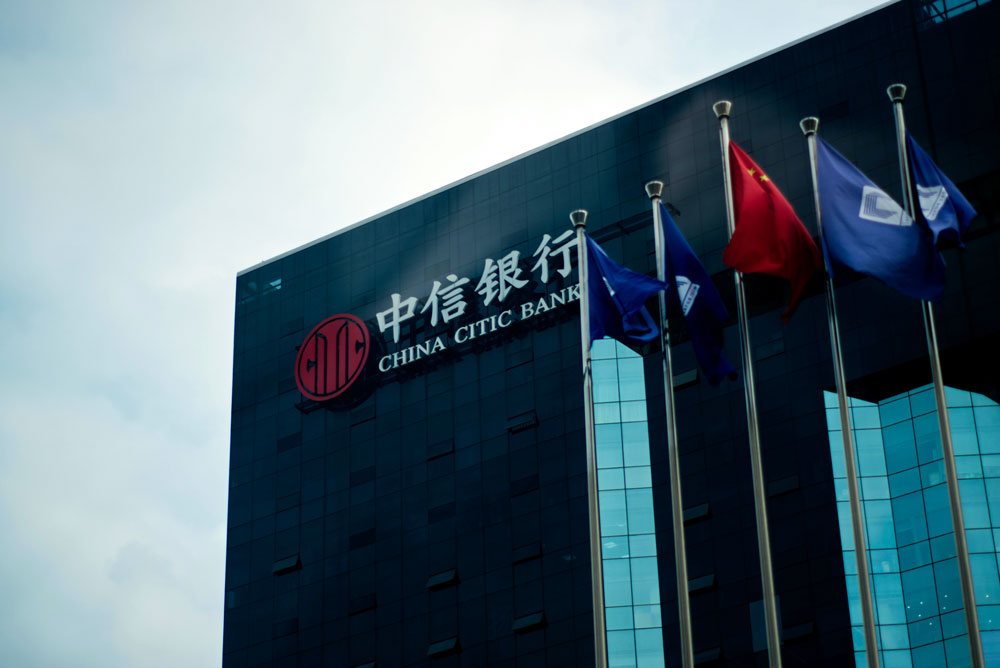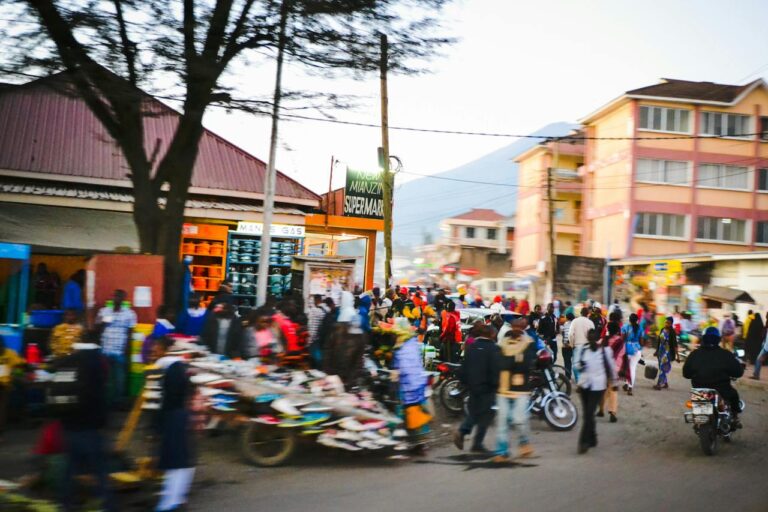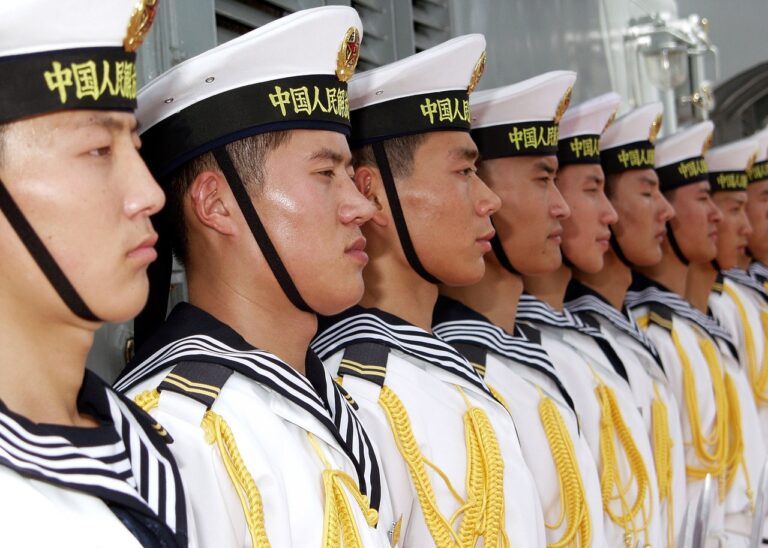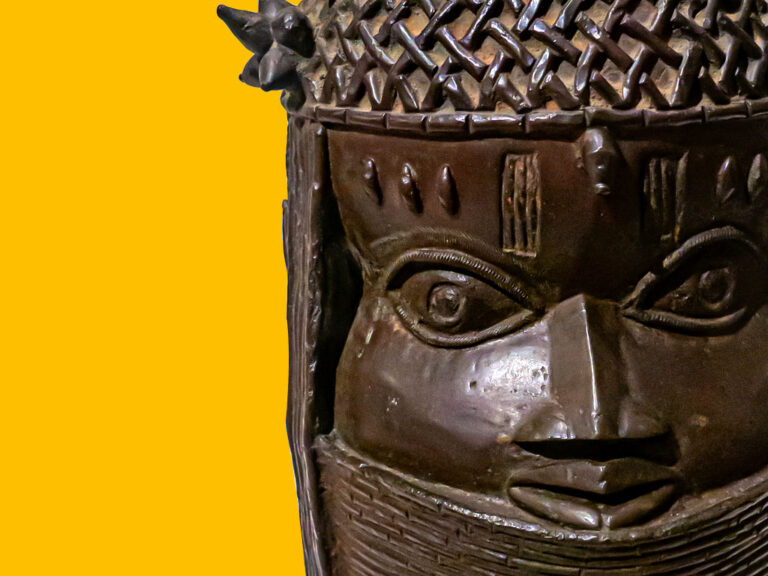Copenhagen, Denmark (TP)
In 2013 alone, China has invested $15 billion dollars in energy deals, which all take part in the Belt and Road Initiative, attempting to recreate the old Silk Roads. Similar to the economic networks developed by the Europeans prior to colonization, China is heavily engaged in building infrastructure and trade networks that would ease its economic activities in the region.
Many scholars agree that the Asian giant does not have grand geo-political ambitions to be a world hegemon. China’s main interests involve a lot of natural resources coming in and a lot of trade going out, according to a 2013 study published by the organisation Saferworld.
Central Asia has vast reserves of oil and gas that are paramount for China’s growing energy demands of 1.4 billion people and energy intensive industries. At the same time, the region bordering the Xinjiang Uyghur Autonomous Region (XUAR) serves as a market for Chinese products and as a buffer zone separating China from Iran and Afghanistan.
Colonial parallel to British India
China’s activities in Central Asia are comparable with the British economic model implemented in India during colonization.
The British Raj, the period of direct British rule over the Indian subcontinent lasted from 1858 till the independence of India and Pakistan in 1947.
But long before the British overtook the political administration of the region, the East India Company already had a monopoly over trade and economic activity.
And even long before the establishment of the East India Company, European trading companies transformed local economies and social organization of the labour force, integrating them into dense networks of global trade.
For instance, Indian textile producers were also farmers. This was possible because demand for manufactured textiles was sporadic. But, when European demand for textiles increased, the Indian labour force transitioned to full time manufacturing work to fulfil the West’s needs.
Similarly, the Dutch started trade in Indonesia in the 1600s and assumed full political control in the 19th century. And the French conducted commerce with Vietnam and Cambodia long before it colonized Indochina. The foundation of empires is undoubtedly commerce and economic transformation.
Colonialism is yesterday
It’s unlikely that colonialism will get a comeback in world history. However, drawing parallels to the present day economic activities of China, we can identify the same economic patterns that led to eventual political domination of the Indian subcontinent by the British a few centuries ago.
Kwame Nkrumah, a Ghanian politician and political theorist, says we are living in an ‘era of neo-colonialism‘. It’s the last stage of imperialism, where the State acts somehow independent and has all the outward accessories of international sovereignty. But in practice, its economic system and political policy is directed from outside.
China presents itself as an international partner, who respects other countries’ sovereignty and only engages in mutually beneficial “strategic” partnerships, unlike the West that imposes conditionalities on its financing.
And many scholars agree that China has a different approach. China does not demand human rights improvements, economic liberalization, nor environmental protections. The Asian giant has more tangible requirements tied to its own capital inflows.
For instance, concessional loans for infrastructure stipulate that 50% of companies, technology, and materials used ought to be Chinese. China also prefers loan-for-resources schemes to get repayments for its loans in the form of natural resources.
True independence seems vague if one country is heavily dependent on another country’s loans, infrastructure projects and investments.
More vulnerable republics, Kyrgyzstan and Tajikistan, are already heavily dependent on Chinese capital flows.
Out of Kyrgyzstan’s $3.7 billion external debt, $1.7 billion is loaned by China.
These soft loans, provided by the Chinese government, are similar to commercial lending backed by collateral that usually takes the form of export proceeds of raw materials and agricultural products, the right to exploit mineral deposits, or having a share in state-owned enterprises.
In the case of Tajikistan, the “cheap loans” are granted on concessional terms for 20 years and are returned as mineral deposits on more favourable terms.
Same colonial procedure
The case of Central Asia shows that one does not need to control policy in order to guide local economies, and thus development courses. More than that, most of these foreign investments end up repatriated, making the receiving countries dependent on constant external capital flows.
Similar to the European powers a few centuries ago, China engages in massive economic projects and trade networks to profit its own economic ambitions.
As Kwame Nkrumah reckoned, colonial control does not need to be exercised through garrisoning a territory or controlling a government. However, it is very likely that once the political climate does not favour these economic goals, China will change its current neutral position with regards to policy and sovereignty. And so the question is not what if?, but rather when?.














